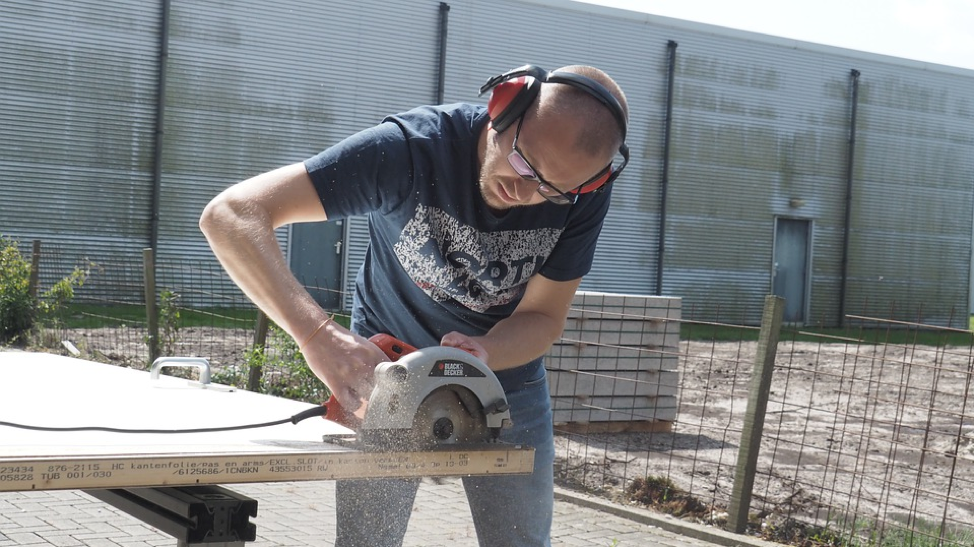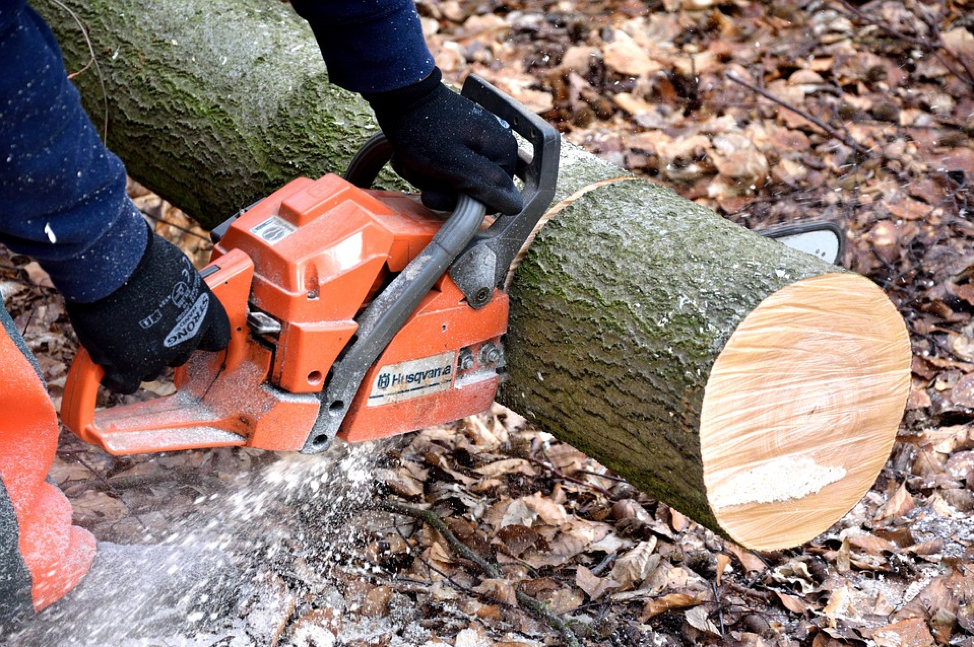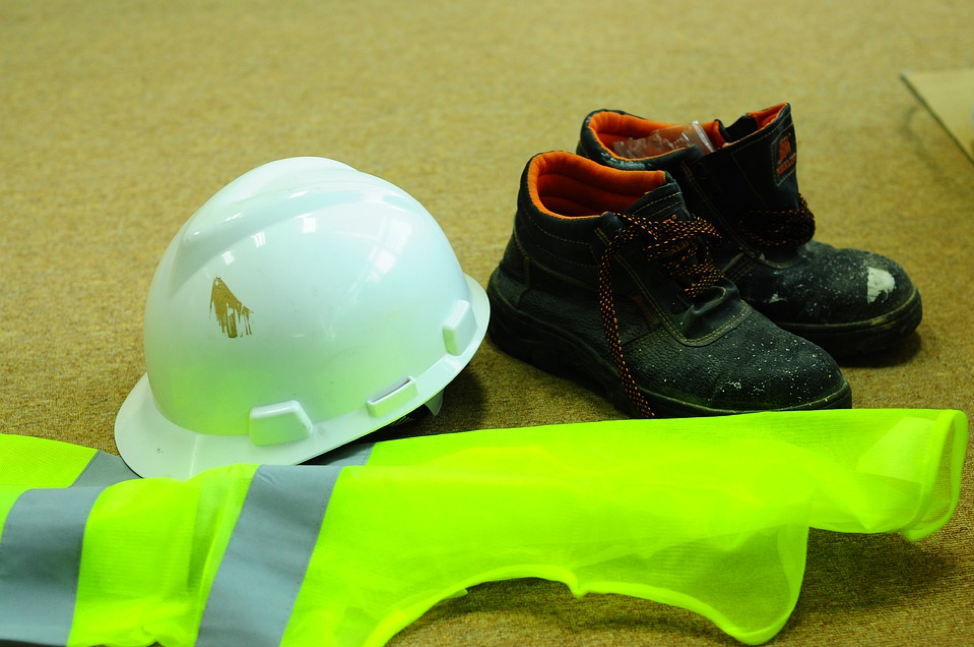Whether you’re male or female, young or old, it makes no difference if you’re someone that loves DIY work around the home. But, what does make a difference is the tools that you use to complete each DIY project. The thing is, many people end up with results that aren’t to their liking simply because they don’t have the right power tools at their disposal.
Sure, it’s possible to buy cheaper hand tools. But, doing so means you’ll end up taking longer to complete each DIY project. Plus, there’s a strong chance that the eventual outcome might not boast the superior result that you had hoped for before you started! If you’re unsure which power tools are best to keep in your shed, garage, or workshop for your next DIY project, take a look at these excellent examples:

1. Cordless Drill
One of the most used power tools that will form part of your arsenal of DIY accessories is the mighty cordless drill. If you’re going to buy a cordless drill in 2020, the one you purchase should offer plenty of battery capacity and torque. That way, you’ll be able to use it for longer without the need to constantly recharge it.
When buying a cordless drill, be sure to purchase an additional battery pack so you won’t have any downtime on your DIY project. After all, you could be waiting hours for a cordless drill battery to recharge fully!
2. Circular Saw
Do you ever find yourself attempting to cut angles in wood or metal but without much success? If the answer’s yes, you need a circular saw in your life. One of the most significant advantages to circular saws is they can cut through all kinds of thick materials like wood and metal and at any angle you want.
So, if you’re planning to change the baseboards in your home, for example, and want to create perfect 45-degree angles around corners, a circular saw is the right tool for the job!
3. Cordless Driver
Quite often, during many of your DIY projects at home, you’ll need to undo and tighten up screws of all sizes. As you can imagine, it’s a pain to do so if you’ve got dozens of screws to work through, and you’re only using manual screwdrivers to carry out the work. Fortunately, you can make light work of such problems with a cordless driver.
It’s a bit like a cordless drill, except that it’s got a smaller motor and, as such, means that it’s lighter and easier to use for jobs like undoing and tightening up screws.
4. Planer
When it comes to installing new doors in any home, the chances are high that each door will need some adjustment to fit inside of the frame correctly. It’s almost impossible for doors and frames to stay level over the years due to things like subsidence and ambient air temperature.
To shave off some excess wood from things like doors and door frames, you’ll need a power tool called a planer. You may have seen manual hand-powered planers in the past, but the power tool version carries out the work quickly, efficiently, and safely.
5. Cordless Sander
If you’re doing some woodwork at home, such as preparing doors and window frames for painting, you want to ensure that any old paint gets removed. It’s also essential for the surface to be level and prepared ready for painting.
Instead of spending hours damaging your hands and wrists by manually sanding, it makes more sense to use a cordless sander. There are many cordless sander models on the market, so it’s just a case of finding the right one for your needs and budget.
6. Reciprocating Saw
What would you do if you needed to saw through some wood? You might think the obvious answer to that question is to use a big hand saw. And yes, while you’re technically correct, a manual hand saw is a time-consuming hand tool to use, especially if you are sawing through some wood at an angle!
Make life easier for yourself by purchasing a reciprocating saw this year. They aren’t expensive to buy, and you can use a range of different saw blades with them. Reciprocating saws are one of those tools that you might not use very often, but when you do use them, you’ll be thankful you have such a power tool at your disposal.

7. Chainsaw
You might be thinking to yourself that a chainsaw is somewhat unneeded for your power tool collection. The thing is, you’d be wrong. Chainsaws make light work of cutting through very thick pieces of wood, and so if you’re doing a lot of woodwork, a chainsaw might be quicker to chop wood up into smaller pieces.
Chainsaws are also practical tools for cutting down wood logs for your fireplace, and for removing overhanging tree branches in your garden. As with any saw, be sure to use your chainsaw correctly and follow all safety precautions.
8. Nail Gun
Using a hammer and nails is something many avid DIYers still do today, but such an approach takes a lot of time and causes a lot of noise. Apart from using glue or something like adhesive tape to keep inanimate objects like boards of wood together, what else can you do?
Well, if you’re keen to build up your power tool collection, and you want to make light work of nailing things together, it’s a good idea to invest in a nail gun. They are affordable, easy to use, and ensure that you get your DIY project finished quicker than anticipated. What’s more, the low noise factor means you won’t have your neighbors annoyed at what you’re doing!
9. Heat Gun
What happens if you come across surfaces that are bonded together with strong adhesive? Yes, you could use a claw hammer to try and prise the surfaces apart, but you’ll more than likely end up damaging them in the process. The neat thing about glue is that if you heat it to a specific temperature, it becomes “tacky” again and so makes it easy to separate glued surfaced apart from each other.
With that in mind, a heat gun is a useful and practical way of prising glued surfaces apart without putting big dents or marks on them! Just be sure to avoid heating one area too long, or you could end up scorching the surfaces of things you’re trying to separate due to the extreme heat.
10. Wallpaper Steamer
Every so often, homeowners will want to update the look or decor of their interior rooms either by painting the walls a different color or applying new wallpaper. In the latter case, you first need to remove the old wallpaper from the walls, and the best way to do that is with a wallpaper stripper.
In a nutshell, a wallpaper steamer is literally a big tub filled with water that gets heated up with a heating element. The steam that comes out of the tub (via a hose) is what makes the wallpaper adhesive tacky and easy to peel off the walls.
Safety advice
Hopefully, you’ll have found this blog post useful today. Before you use any power tool, be sure to observe all safety precautions, and wear PPE (personal protective equipment). That way, you significantly lower the risk of hurting yourself should something go wrong.


 Sneak Peek at Sugar Factory’s Valentine’s
Sneak Peek at Sugar Factory’s Valentine’s




 As we gain an extr
As we gain an extr
